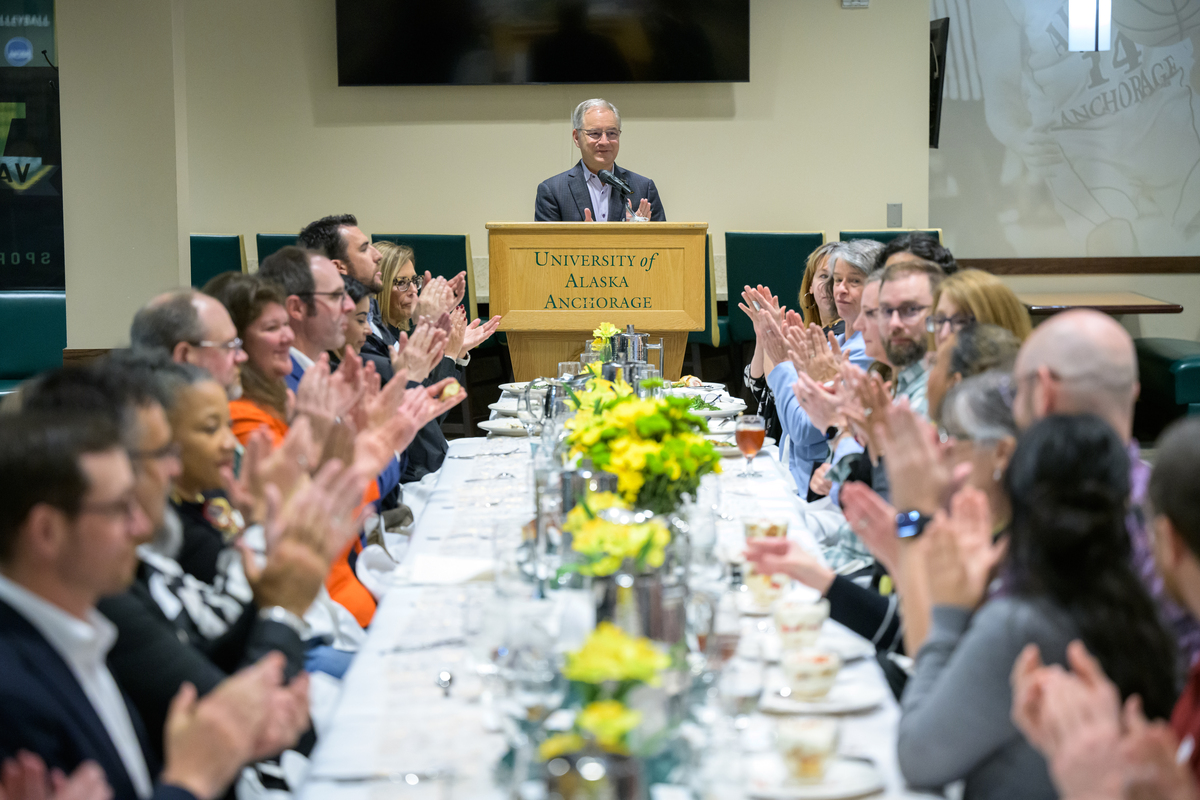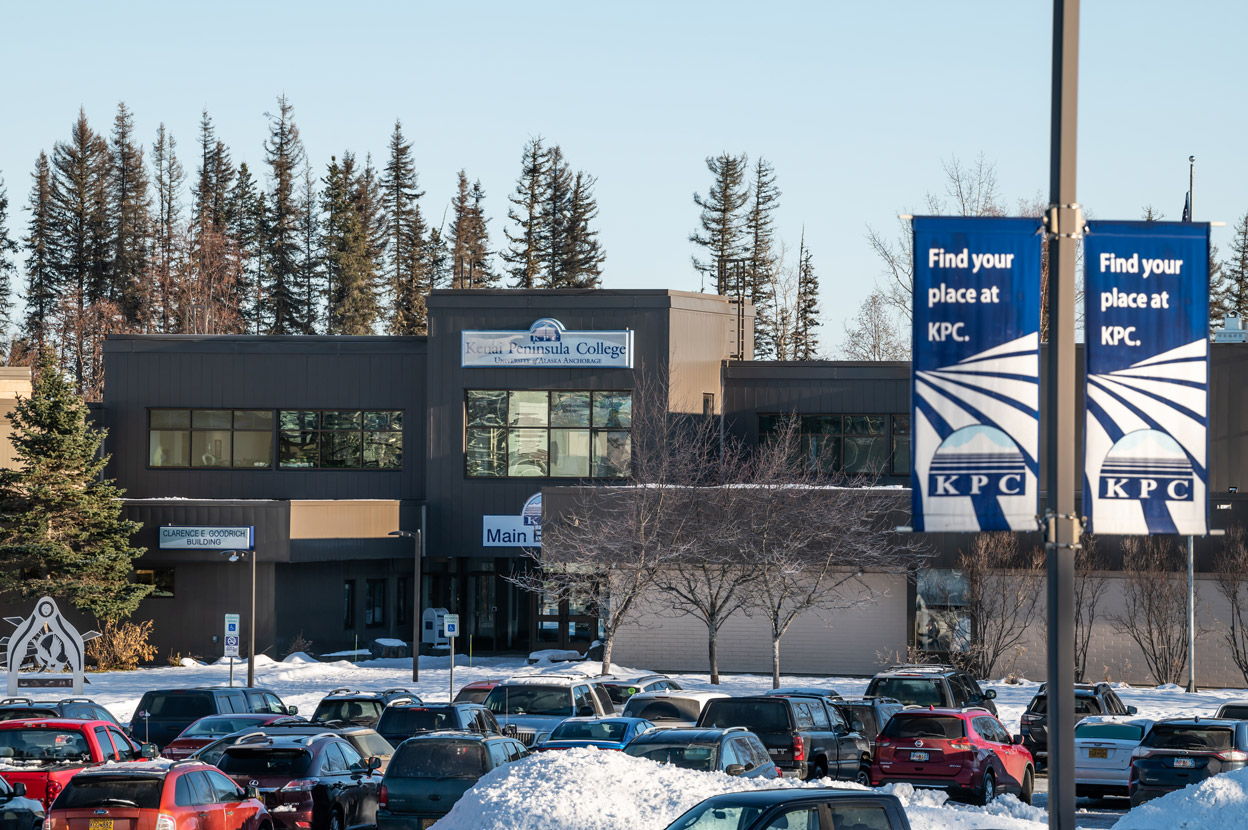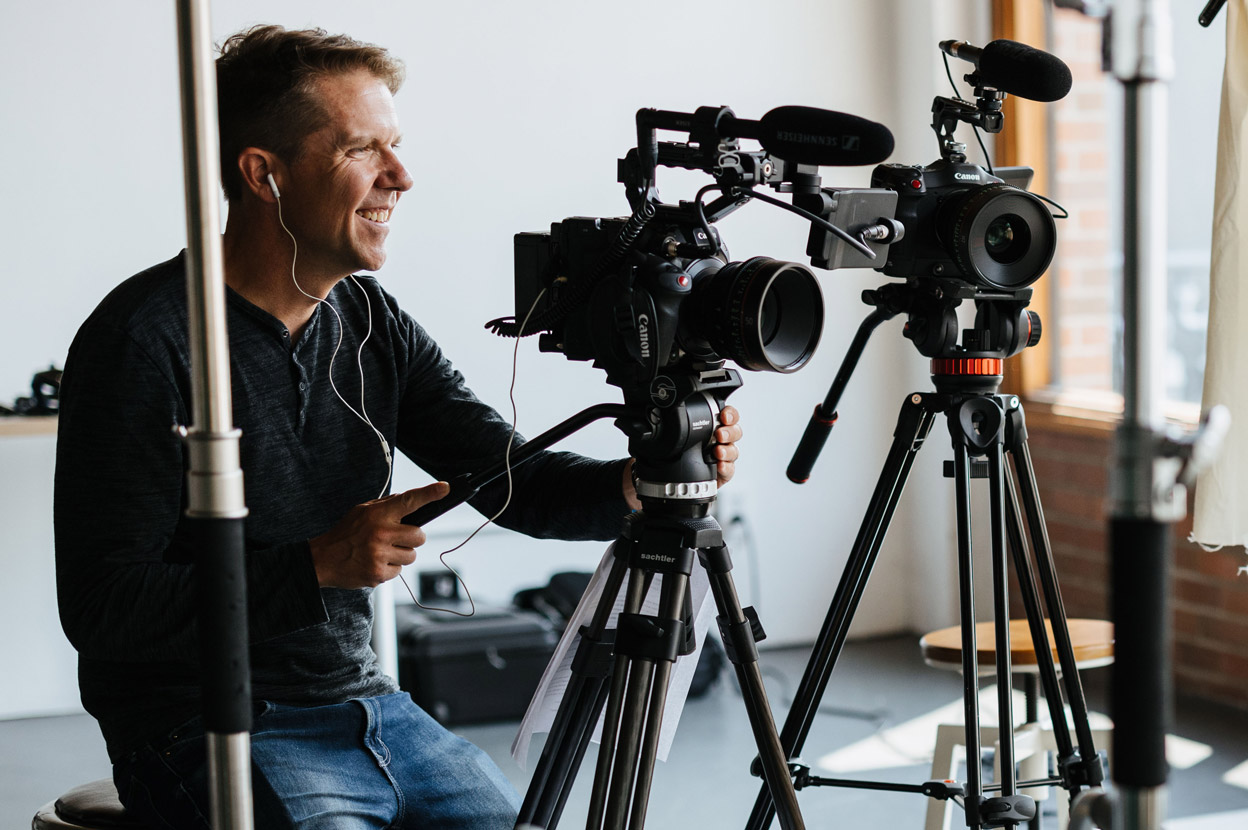BRAIDED embeds research in the community and outside the black box
by Matt Jardin |
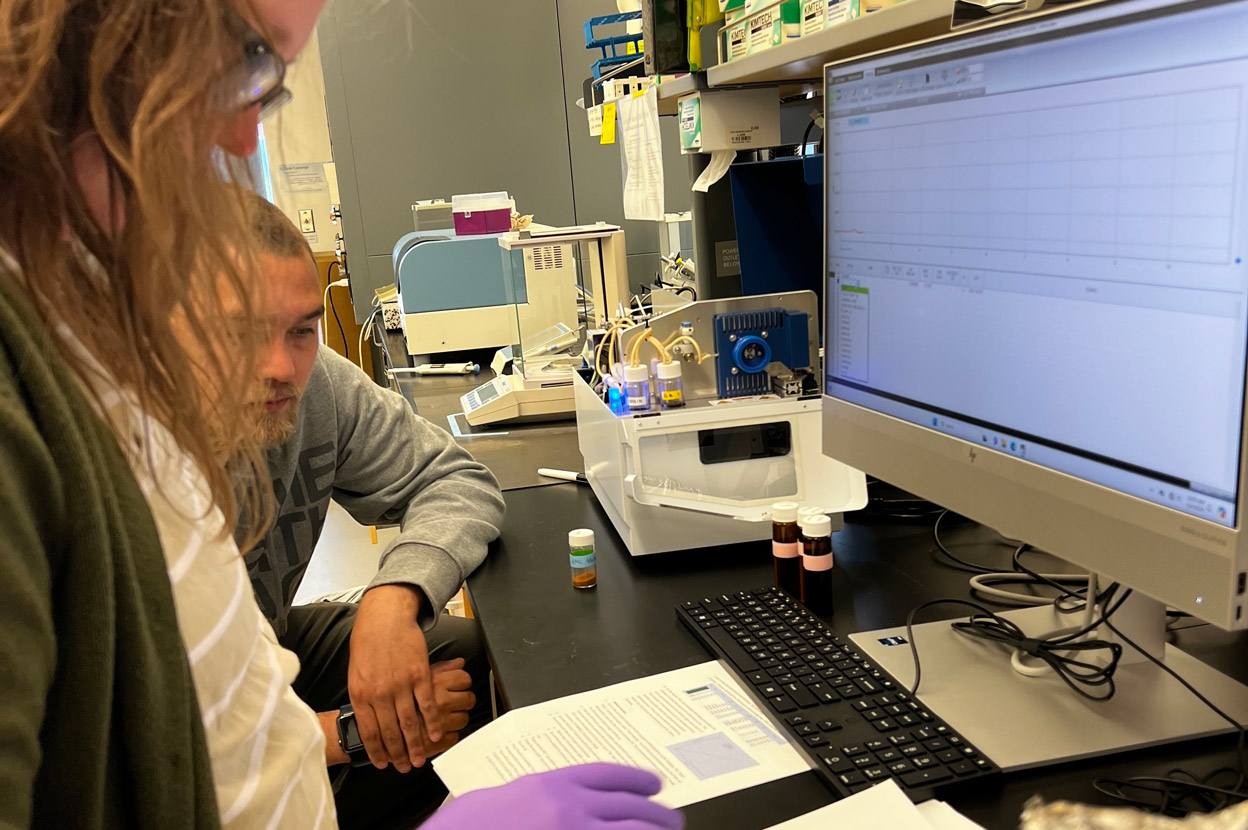
Fictional depictions of the scientific process usually show lab work being conducted in some nondescript, sterile room, far removed from the communities they are studying and the people they are benefitting. The Building Research Aligned with Indigenous Determination, Equity and Decision-Making (BRAIDED) project hopes to change that perception through the creation of a tribal research program located in the heart of St. Paul, part of Alaska’s Pribilof Islands.
Established in December 2023 as a collaborative effort between the Aleut Community of St. Paul Island Tribal Government, UAA and UAF, BRAIDED embeds science directly in the community’s new Bering Sea Research Center, while working to answer the research question: Does creating a Tribally-led research program address inequities in food safety, and enhance resilience for Alaska coastal communities?
Location is only one half of the equation. For the second half, the project has turned to community members with lifelong subsistence living experience and knowledge of the area — residents, Elders and fishermen — to staff the lab and contribute to and lead research. Partnership with community members, the people most closely tied to this issue, not only yields the richest information, but creates a broader sense of personal investment and data ownership in the research.
“Traditionally in ‘community participatory research’ or ‘citizen science,’ people collect information or observations and then give it to the scientists,” said Amy Bishop, Ph.D., assistant professor at UAA’s Department of Biological Sciences. “We flipped that model where the scientists serve in more of an advisory role and the community really are the leaders in driving that research.”
To address the topic of food safety, community member and tribal elder Dallas Roberts monitors the mercury concentrations in the surrounding wildlife such as fish and seals to determine safe consumption when it comes to subsistence living, which is crucial to the way of life of St. Paul Island residents. While most food from the ocean contains trace amounts of mercury, prolonged consumption of increased mercury concentrations as a result of pollution can lead to negative neurological effects.
Beyond its primary aim of studying food safety, BRAIDED has identified logistical goals of building a scientific workforce in the community and reducing the delays between collecting biological samples, analyzing information and sharing results with the community. Particularly, the lengthy process between collecting data and sharing results involves shipping samples to be analyzed elsewhere, which can take up to a year. During that time, the community can become disengaged or alienated from the outcomes, data and research. By localizing the analytical process and results, the project hopes to alleviate that opaqueness.
“We talk a lot about connecting the seen to the unseen. But taking a sample, sending it away and waiting for a number to come back is hard to explain,” said Veronica Padula, Ph.D., chief science officer of the Bering Sea Research Center. “By bringing these tools to island and training community members on how to do this work, we have the opportunity to make that black box disappear and make the process tangible, which really is a gift.”
Through the transparency provided by its embedded location and community involvement, BRAIDED also hopes to achieve an aspirational goal of maintaining longstanding trust with its stakeholders. In fact, founding the tribal research center was made possible by an eight-year relationship between the Aleut Community of St. Paul Island and UAF’s Marine Ecotoxicology and Trophic Assessment Lab studying fur seals in the area.
“Our long-standing relationship has acted as one of the first projects showing how these collaborations can look,” said Lorrie Rea, Ph.D., research professor at UAF’s Institute of Northern Engineering. “Seeing our university partnerships expand like with the development of this research center really is the key to innovating how this kind of work can better equip communities and families to make their own decisions.”
BRAIDED was funded through a 12-month pilot program grant from the National Science Foundation’s Civic Innovation Challenge and funding from the USDA-NIFA, a research and action competition that funds projects that pilot state-of-the-art solutions to community challenges that are also relevant across the United States.
So far, the lab has received nearly 100 samples donated by St. Paul Island residents for mercury analysis, ranging from the aforementioned fish and seals to octopuses and bird eggs.
Additionally, the lab has hosted a new accredited course in partnership with Iḷisaġvik College in Utqiaġvik, Alaska. Offered remotely and open to anyone, the course provides an introduction to One Health, a transdisciplinary approach to health that looks at human health and environmental health holistically, tying itself effortlessly to Indigenous ways of knowing.
While the initial BRAIDED grant funds the tribal research project until November 2024, the wider relevance of food safety, especially within Indigenous communities, makes the BRAIDED project easy to scale outward.
“This project really is a flagship for us in terms of showing trust in science, collaboration with partners and building the idea that research can be tribally-led,” said Padula. “Now we would like to show that all the work we have done can be utilized, transferred and built upon. We don't have to just be the partner who gives samples away. We can be the partner who helps with the rest of the puzzle to get answers about the why.”
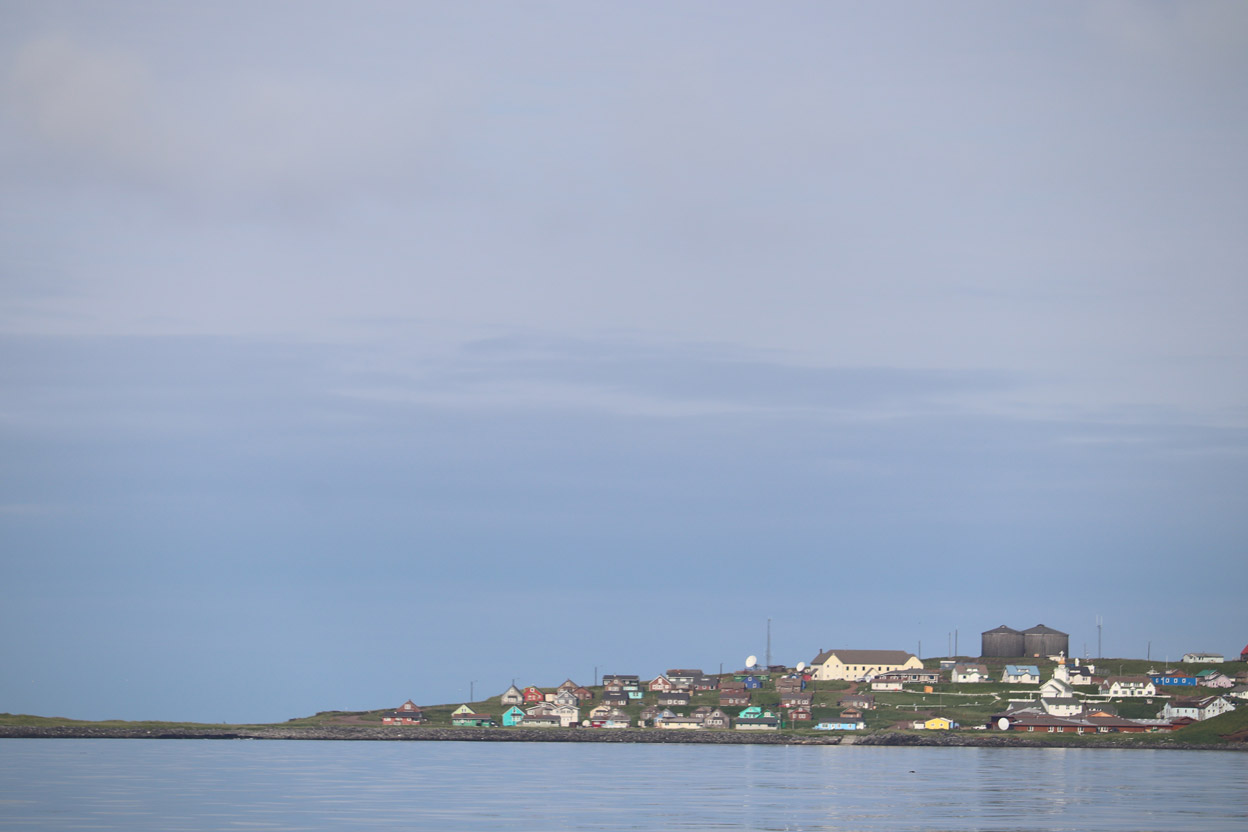
 "BRAIDED embeds research in the community and outside the black box" is licensed under a Creative Commons Attribution-NonCommercial 4.0 International License.
"BRAIDED embeds research in the community and outside the black box" is licensed under a Creative Commons Attribution-NonCommercial 4.0 International License.










